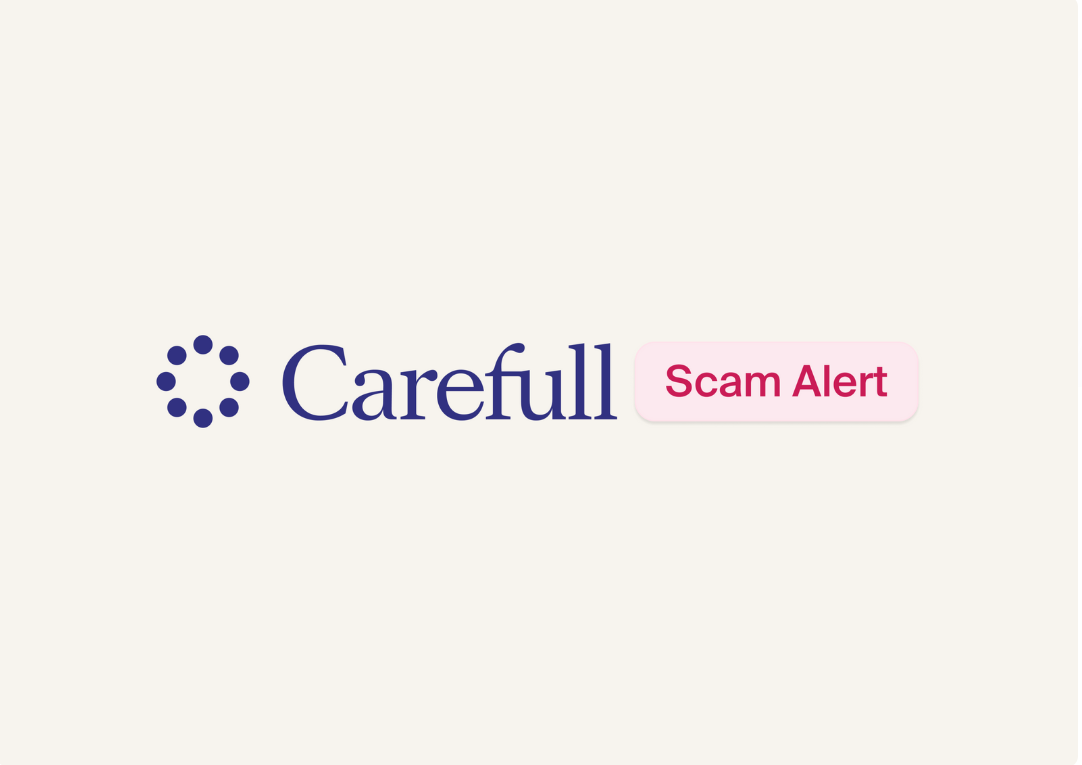How to Report a Fraudulent Charge

You get an alert from your credit card issuer that there’s a suspicious transaction on your account. You haven’t bought anything lately, so it might be a fraudulent charge. Now what?
Unfortunately, credit and debit card fraud is rampant. Card issuers reported $13.6 billion in losses in the U.S. related to fraudulent charges in 2022, according to the latest figures available from payment industry publication The Nilson Report. So if you become a victim, you need to know what steps to take to report and dispute fraudulent charges.
What is card fraud?
Card fraud is the unauthorized use of a credit or debit card to make purchases or get cash. It’s also the use of stolen personal information to open new credit accounts.
Thieves can get consumers’ card numbers and personal information in a variety of ways: through data breaches, unsecure websites, email phishing scams, data skimmers on card readers, theft of the cards themselves and the list goes on. The problem is so widespread that it’s the second most common type of identity theft after government documents and benefits fraud, according to the Federal Trade Commission’s Consumer Sentinel Network.
How to spot fraudulent charges
The best way to spot fraudulent charges when they happen is to take advantage of technology. Log onto your bank and credit card accounts and sign up to receive text and email alerts when transactions are made on your account. You should be able to choose alerts you want to receive in your account settings. Then, if you get an alert for a transaction you don’t recognize, you can act quickly to report it as fraudulent.
Also, sign up for a credit monitoring service, which will keep tabs on your credit reports and alert you when there are changes to your report. If, for example, a new credit account is opened in your name, you should receive a notification, and you can report it as fraudulent if you don’t recognize it.
For more comprehensive monitoring, consider a service such as Carefull. Carefull provides 24/7 financial account monitoring for signs of fraud and common money mistakes, as well as credit and personal information monitoring.
[ Read: 10 Signs You’re a Victim of Fraud or Identity Theft ]
What to do if you’re a victim of card fraud
If you are unsatisfied with a purchase you made or haven’t received a purchase, contact the merchant or service provider first. If you don’t have success resolving the issue with the merchant, then contact your bank or credit card company to dispute the transaction.
If you discover a fraudulent charge, contact your bank or credit card issuer immediately. Use the customer service phone number listed on your card, or visit your financial institution’s website to find the customer service number or the option to dispute a charge online.
Alert the customer service representative to the fraudulent transaction, and be prepared to provide as much information as possible about the transaction. Take notes to document the name of the representative, when you reported the fraudulent charge and what steps you were told to take. The Consumer Financial Protection Board also recommends writing a letter to your card issuer to report the fraudulent charge and provides instructions on what to include in your letter.
If your card or card number has been stolen, you’ll need to cancel the card and request a new one. Also, change your account password or PIN if it has been compromised.
If you discover a fraudulent account has been opened in your name, contact the fraud department at the company where the account has been opened to explain that your identity was stolen and to close the account. Contact your local law enforcement to report the crime, and file a report with the Federal Trade Commission’s IdentityTheft.gov site.
You can contact one of the three credit bureaus—Equifax, Experian or TransUnion—to place a fraud alert on your credit report. The bureau you contact will notify the other bureaus of the alert, and lenders will be required to verify your identity before issuing new accounts in your name.
However, you can get stronger protection against fraud by placing a credit freeze on your credit reports. Thieves won’t be able to open new accounts in your name because lenders won’t be able to access your credit reports while there is a freeze on them. You will need to place freezes on your reports at each of the three credit bureaus. If you want to open a new line of credit, you will have to lift the freeze.
[ Find Out: What to Do If Your Identity Is Stolen? ]
Are you liable for fraudulent charges?
Your liability depends on the type of card used to make the fraudulent charge.
For credit cards, the Fair Credit Billing Act limits your liability for fraudulent charges to $50. However, most card issuers won’t make you pay anything, according to Experian.
While disputed charges are being investigated, you don’t have to pay disputed amounts that appear on your bill. If the card company determines that you owe any portion of the disputed charge, it must explain why to you in writing. If you disagree with the decision, you must respond to the creditor within 10 days, according to the FTC.
For debit cards, you’re protected under the Electronic Funds Transfer Act, but your liability depends on when you report the fraud. If you report fraudulent charges within two days of discovering them, the most you will be liable for is $50. After two days, you could be responsible for up to $500 in unauthorized charges as long as you report them within 60 days. If you fail to report the fraudulent activity within 60 days, there is no cap on your liability—meaning you could be on the hook for all of the charges.
How to avoid card fraud
As the saying goes, an ounce of prevention is worth a pound of cure. To protect your debit and credit card numbers from falling into the wrong hands, take the following steps:
- Use your cards to make purchases only on websites you are familiar with or that show a padlock symbol and https:// in the web address. If it’s a site you're not familiar with, search online first for reviews about it.
- Don’t provide your card number or personal information if you are asked for it in an unsolicited phone call, email or text message. Don’t be tricked into handing over this information even if it appears to be a company you do business with or a government agency. Contact the company or agency directly to find out if it’s trying to reach you.
- Don’t throw away documents with account or personal information without shredding them first.
- Don’t use ATMs or card readers that look tampered with. When you do swipe your debit card, use your handle to shield your PIN as you enter it.
- Keep your wallet or cards close to you and out of reach of potential thieves when you are in public.
- Don’t say your card number or Social Security number out loud in public where others can hear that information and steal it.
[ Keep Reading: How to Protect Your Identity Online ]

3 Steps to Safer Money,
Try it Free for 30 Days
Step 1
Start your free,
no-risk trial
Step 2
Connect the accounts and cards you want protected
Step 3
Stay alerted to any
unusual activity



.png)



